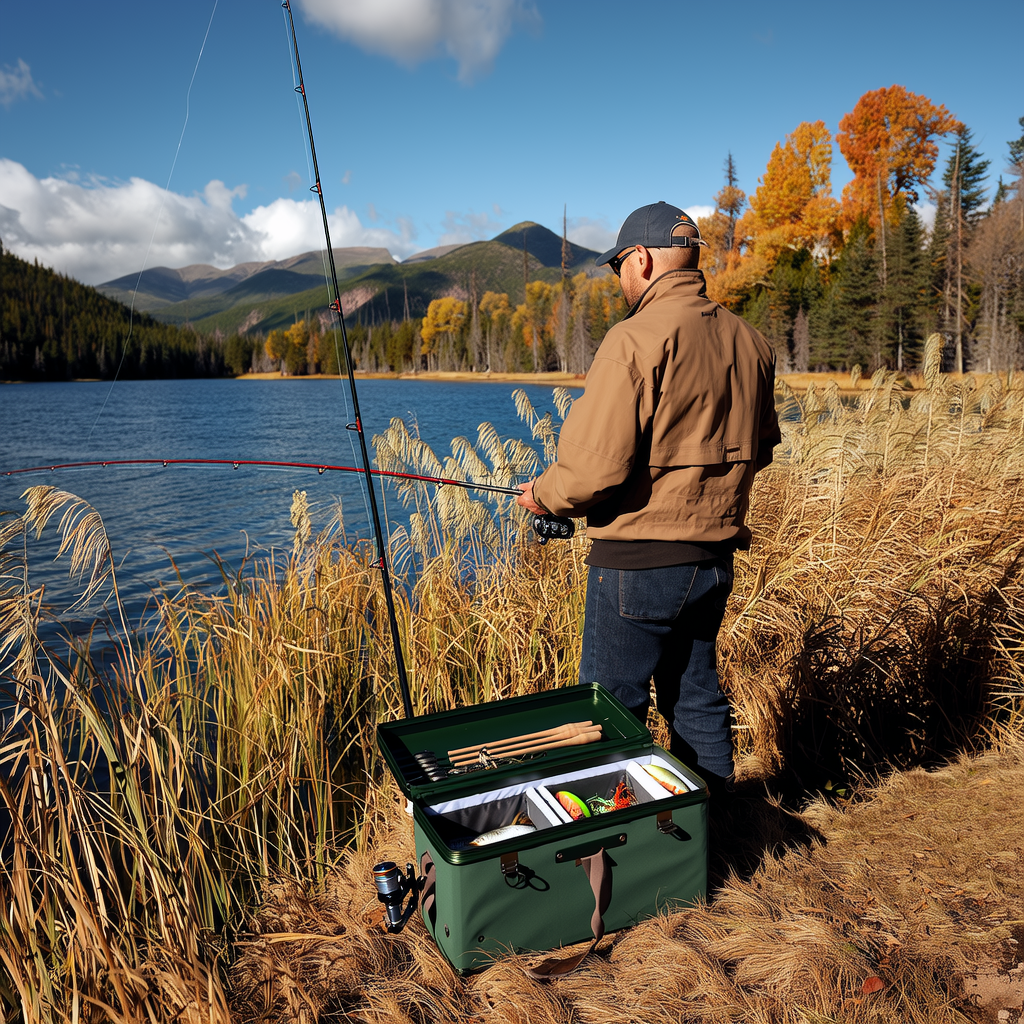Silver carp is also known scientifically as Hypophthalmichthys Molitrix. It is a native species of rivers and lakes throughout East Asia. In the 1970s, it was introduced to the United States as a way to control algae in ponds and wastewater facilities. These silver invaders, however, soon became a major problem, causing ecological disturbances and threatening the native fish population.
The Origins of Silver Carp
Silver carp, native to eastern China and Siberia have been used in aquaculture since centuries. They were introduced to Asia and Europe due to their rapid growth, and their ability to consume large quantities of plankton. In the United States they were introduced primarily for their water filtering qualities.
Silver carp are highly adaptable and have spread quickly in rivers and lakes across the Midwest and southern states. This rapid expansion has caused a number of environmental issues that have affected both the ecosystem and recreational activity in affected waterways.
Physical Characteristics
Silver carps have elongated bodies covered in shiny silver scales. This is how they got their common name. They can reach a length of 39 inches and weigh more than 60 pounds. Silver carp are known for their large mouths that are located below their eyes. They also have a specialized filtering device known as gill rakers that allows them to filter-feed on tiny organisms found in the water.
Diet and Feeding habits
Silver carp are filter feeders and feed primarily on plankton. They are extremely efficient at filtering the water and can ingest up to 20% of their weight in plankton every day. This feeding behavior has earned the “silver jump carp” nickname, as they often jump out of the water when disturbed by boat vibrations.
Environmental Impact
Silver carp have had severe effects on the local flora. Their competition with native fish species for food resources is one of their major ecological impacts. Silver carp deplete the food chain by consuming large amounts of plankton. This leaves native fish struggling to survive.
Silver carp’s leaping behavior is also a danger to boaters and enthusiasts of watersports. The sudden and unpredictable jumps can cause collisions between fish and humans resulting in injuries and damaged equipment. These incidents are a major concern, especially in areas heavily affected with silver carp invasions.
Silver Carp and Biodiversity
Silver carp invasions can also have a negative impact on biodiversity. When a non native species invades an eco-system, it can disrupt the delicate balance which existed before. This disruption can result in irreversible damage for the native species. It could also lead to the extinction of certain animals and plants.
Silver carp populations are being managed and controlled to prevent such catastrophic outcomes. To prevent further spread, various methods are being used, including electrofishing, commercial fisheries, and physical barriers.
The Economic Impact
Silver carp invasions may also have significant economic consequences. These invasive species can cause economic losses in areas that are heavily dependent on tourism or recreational fishing. Moreover, the management and controls required to combat these impacts can strain local resources and budgets.
Silver Carp Spread Prevention
Silver carp is an invasive species that must be dealt with. Individuals and authorities can take several steps to minimize their spread.
1. Education and Awareness
By raising awareness of the impact of silver carp, both local authorities and communities can better understand the importance of the issue. Education about the dangers associated with releasing pet fish in the wild, and the importance of using responsible fishing techniques can help to curtail the spread of the silver carp.
2. Controlling Pathways
It is important to control the routes through which silver carp enter new waterbodies. This includes preventing their transportation through recreational activities such as boating or fishing, and implementing stringent regulations regarding the movement live fish.
3. Physical Barriers
In order to stop the movement of silver cars, physical barriers such as screens, nets and fish gates can be installed. These barriers can prevent their passage, while allowing native species to move freely.
4. Early detection and rapid response
Silver carp spread can be stopped by early detection and rapid action. The establishment of surveillance systems and monitoring programmes can help identify the presence of silver carp in new areas. This allows immediate action to be taken to prevent further spread.
Silver Carp Management: The Future
Silver carp control and management are ongoing challenges. At this point, eradication is almost impossible. However, efforts are being made to control the population and minimize ecological impacts.
Scientists are examining various strategies to control silver carp populations, including the introduction and biological controls. In addition, research is being done to better understand their reproductive biology and habitat preferences to develop targeted control methods.
Conclusion
Silver carps, introduced as a remedy, are now a major problem in many waterways throughout the United States. Their rapid growth, voracious eating habits, and ability to outcompete indigenous fish species has led to concerns about the environment, economy, and safety. It is important to raise awareness of the impact of silver carps and implement proactive measures in order to prevent their proliferation, protect native eco-systems, and ensure long-term sustainability of waterways.




